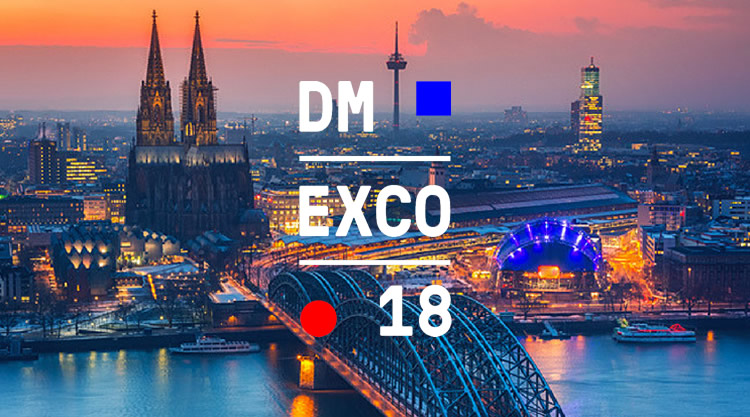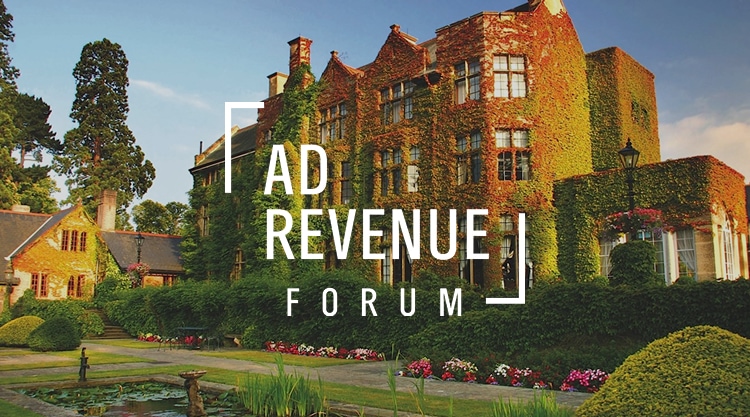We have all seen the rise in programmatic spend across Europe in recent years. While the key themes affecting this rise in programmatic are consistent across the European market – specifically the desire to combat the “duopoly” of Google and Facebook and a drive for transparency – its development is taking different shapes in different regional markets.
From openRTB to premium programmatic direct
Across the region, thanks to header bidding and wrapper solutions, we have seen spend move from open auctions on the exchanges to programmatic direct channels (whether PMP, PMP-G, or automated guaranteed) and now into open competition with a publisher’s own direct-sold campaigns at the more premium, brand-driven end of the market. I remember speaking to publishers three years ago about PubMatic’s header bidding and how this would lead to direct and healthy competition between programmatic- and IO-driven campaigns. This is exactly what we have seen occur.
Publishers push back against the “duopoly”
Though Google and Facebook loom large, Europe has been the home of the pushback, where dominant in-market national publishers have taken a tougher stance by choosing independent players as strategic partners.
Two key local market trends have helped facilitate this publisher pushback:
- Consortia: Publishers are working together to make sure they have credible volume and data to encourage spend to be directed to their properties (capturing both performance but also brand spend).
- Historic commitment: Players in continental Europe have historically been more nervous about working with perceived competitors and, as a result, publishers in the market are less reliant on Google technology for their monetization, enabling other players and workflows to develop.
Thanks to these trends, technology providers that have concentrated on being publisher-focused, and developed products and services that support them, have flourished.
Accountability rising
Across European markets, we are seeing agencies held to account in terms of where and how programmatic spend is directed. This has a powerful effect on the entire supply chain and is leading to what we call Preferred Access Programmes — deals at the top level of media agencies that secure spend across quality inventory and audiences. Issues like brand safety and transparency are baked in, settling the nerves of buyers and offering security for quality publishers. These kinds of deals deliver on the original key promises of programmatic with efficiency, effectiveness, delivery, and quality. For the long-term health of the market, this trend should help ensure that quality demand is driven to quality supply.
However, while the whole European region has embraced this new way of buying, thanks to embedded cultural and commercial dynamics, the shape of spending via programmatic pipes varies considerably between different markets.
United Kingdom
Programmatic spend in the UK has for many years been driven by the trading desks built within the big agencies. This took the amount and direction of spend a step further away from the clients and undeniably led to lazy, agency-agenda driven planning and buying. For example, not so long ago, a campaign for a large insurer seeking ‘home-buyer intenders’ ignored one of the biggest property portals in the UK. It was not on the top 20 list of publishers established through trading deals and, therefore, not an option. But with programmatic growth has arrived closer client attention. Trading desks are now morphing — some as integrated functions of agency holding groups and others as more open, independent businesses.
We can but hope that the drive for transparency will place greater scrutiny on the ad-tech stack flows throughout the entire supply chain.
Northern Europe
Markets such as Sweden, Norway, Belgium, Germany, and the Netherlands have been very progressive in embracing programmatic technologies and the potential efficiencies that they have to offer. However, these markets are careful and considered in how they want their technology partners to work and are determined to remain in control. Northern Europe is where we have seen the strongest pushback against the “duopoly” with publishers displaying a greater desire to work with independent supply-side partners (including ad servers, which have been dominated by Google’s DFP). Publishers want control of their data and what they’re selling, and it is in Northern Europe that we see the clearest steps taken towards that vision.
Southern Europe
Southern Europe, and Italy in particular, is an interesting market. It is currently very heavily executed via private marketplaces as buyers look to execute their existing trading deals via programmatic pipes. Only recently has the market begun to embrace the opportunities that openRTB presents. We have seen openRTB-traded deals growing, though at a conservative pace compared with other markets as PMP remains core.
The one big theme: transparency
The market is talking about (and to many degrees, acting on) the subject of transparency. When I think back to my time as a digital publisher, I remember speaking to the powers that be on the digital future and how this market would become more measurable and data-driven. There was no question then that the movement of money between advertisers and media owners was becoming muddied, but at the time we were sure that advancements in digital trading technology and techniques would allow the ecosystem to become more efficient. Fast forward to the present day, and this has not yet occurred. At PubMatic, we speak regularly about issues such as the ad-tech tax, and our new “Let’s Be Clear” campaign is all about talking openly about transparency to educate the market, inform the conversation and get us all to a healthier place.
I would argue that most of the problems faced by our industry come down to confusion among buyers and sellers about the players that are part of the actual supply chain and the value-add each technology player injects into the process. The digital media world (not just programmatic trading) needs more transparency for a multitude of reasons, but the key ones as far as I see it are around inventory quality versus ad quality. For too long, there has been money spent on monetizing ‘remnant’ or ‘unsold’ inventory without thinking about who is buying it. This is inefficient. Together we should all be focused on joining quality campaigns with quality audiences in quality environments, for the benefit of advertiser and media owner alike.
From media arbitrage to SaaS
My view is that, in the end, programmatic is a technology play more than it is a media play, and the commercials of our business must evolve to reflect this. Revenue models have to move from rev-share to more software as a service (SaaS)-style models. In continental European markets, our conversations are much more likely to be with C-Suite executives, as they begin to employ ad-tech providers as strategic partners. This is the right move as programmatically traded spend becomes central to their business and decisions previously made for short-term gain are understood as having significant long-term impacts.
Across Europe, as in most other global markets, the overarching themes are about control and trust. Both buyers and sellers are seeking them, and it is the partners that help secure them that will survive and thrive.
This post was prepared by Bill Swanson in his personal capacity. The opinions expressed in this post are the author’s own and do not reflect the view of PubMatic.




